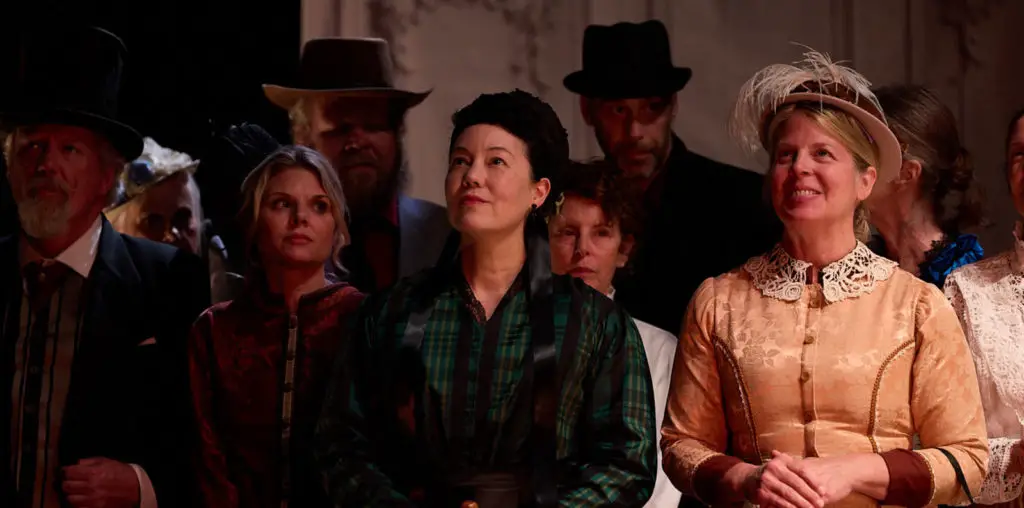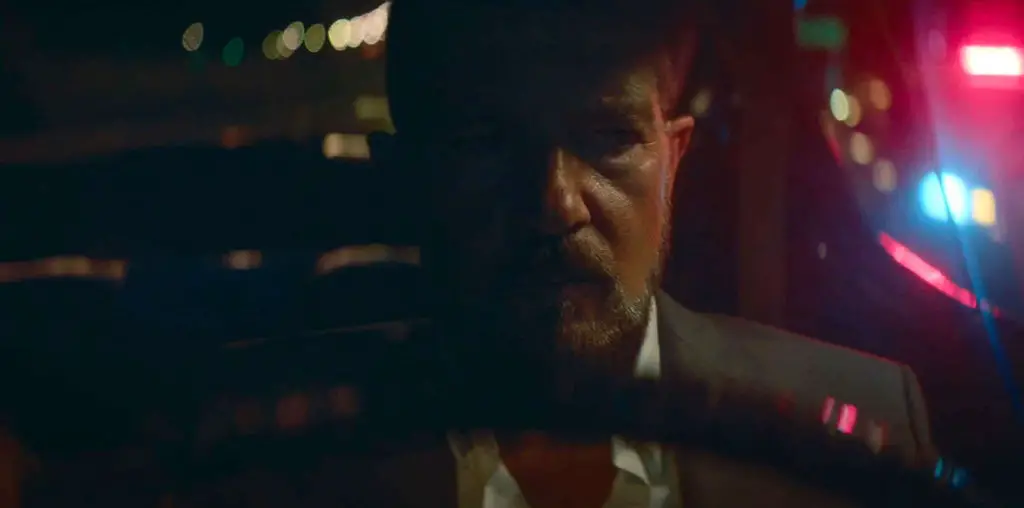
It’s the halfway point of the Cannes Film Festival, the “Star Wars” mania has ended, and people are beginning to speculate on what film will win the Palme d’Or, the festival’s prestigious top prize oft accompanied by the word “coveted.” The predictions are as purely speculative and silly as every year, but even more uncertain due to the myriad of major titles in competition and the reputation of the jury president, two-time Palme d’Or winner Emir Kusturica. The Bosnian director has received descriptions ranging from “firebrand” to “a*****e” regarding his reputation for being headstrong and difficult to work with. (When the festival announced the rest of the jury, people asked at the press conference if it took so long to confirm the participants because no one wanted to work with Kusturica.)
People don’t know whether to expect Kusturica, known to be competitive with other directors, to lord over the jury, denying everyone else a say. The assumption is that the great New Wave director Agnès Varda will be the most likely to put up a fight, although the rest of the jury, which includes John Woo, Toni Morrison, Faith Akin, Javier Bardem and Salma Hayek, offers a variety of other perspectives.
While I have some preferences, like Michael Haneke’s “Caché,” I won’t be cheering for anything until the next 10 of 21 competing films plays. These to-be-seen films include two by past Palme d’Or winners—the Dardenne Brothers’ “L’Enfant” and Wim Wenders’s “Don’t Come Knocking”—and several other big names including Jim Jarmusch’s “Broken Flowers,” Hou Hsiao Hsien’s “Three Times,” Amos Gitaï’s “Free Zone” and Frank Miller and Robert Rodriguez’s wild and clever “Sin City,” already seen by U.S. audiences.
David Cronenberg’s “A History of Violence,” which screened for press Sunday night and premiered Monday, is certainly strong enough to win something. Unfamiliar with the film’s source material, a graphic novel by John Wagner and Vince Locke, I was amazed at the story’s twists and turns as it intelligently studies how violence begets violence and shuts off alternate means of solving problems.
Viggo Mortensen stars as Tom Stall, who lives a happy, quiet life with his wife (Maria Bello) and two children. When two murderous criminals come into his diner and move to kill one of his employees, Tom acts fast and saves the day. The media quickly dubs him an “American hero” while he wants to forget the whole thing. Yet events keep pushing him in another direction. Cronenberg creates a fascinating study of the family’s metamorphosis after the violence has been introduced, including two contrasting sex scenes, one quiet and intimate, the other intense and angry. His son Jack (Ashton Holmes), who avoided fights with the school bully with wit and humor, finds himself wanting to hit back and take after his hero dad. At the center of the turmoil, Mortensen balances a great deal of alternating emotions as his character struggles between his past and his future.
Also on Monday, the constantly inventive Danish provocateur Lars Von Trier, who won the Palme d’Or in 2000 with “Dancer in the Dark,” debuted “Manderlay,” his sequel to “Dogville.” This is the middle installment in his trilogy, which was at one point referred to as the “U.S. of A” trilogy, but apparently is now called the “U.S.A. — Land of Opportunity” trilogy, to make sure you pick up on the irony.
The main stylistic difference between “Manderlay” and the even more dreary “Dogville” is that the open sound stage floor, on which the outlines of locations are drawn, is white instead of black. The film meets with mixed success with a tighter script (although still longer than it really needs to be) and a more engaging plot than “Dogville,” but suffers from the same overbearing and trite commentary that makes some people complain incessantly about “anti-Americanism” while it disappoints those who’d like an intelligent, informed and thoughtful critique instead of poorly thought out mockery of white guilt and sexual attraction to black men.
Grace, played by Bryce Dallas Howard because Nicole Kidman left the project due to “scheduling” problems, is traveling in a caravan of gangsters with her father (Willem Dafoe), when they stop at a southern plantation. It’s 1933, but Grace is shocked to discover that they are still practicing slavery. She has the gangsters take away the white owners’ single gun and other paltry weapons and decides to stay on and teach the slaves self-sufficiency and democracy. As expected, everything goes wrong and the movie’s unclear point, even when its individual scenes are engaging, seems to be making the case not to try to set wrongs right.
The open set-design gimmick is never put to use as effectively as it was in the rape scene in “Dogville,” and the film’s most notable visual moments come during a dust storm and in the opening and closing shots, which zoom in and out on a map of the United States. While Howard has been good in other material, her work here isn’t as strong as she trudges through several repetitive scenes.
Von Trier seems to get as much joy out of torturing the press as he does out of torturing his cast, as he seems to take a certain pleasure when offended questioners ask about his frequent abuse of female characters or distaste for the United States. In the press conference after the screening Monday morning, Von Trier said that U.S. culture is so dominant that he considers himself an American, but since he can’t vote he has to make movies about how he perceives the country. He said that the United States influences all the other countries, and badly, “because I think Mr. Bush is an a*****e and doing a lot of completely idiotic things.” Now there’s a concise theme to make a movie about.
Film Threat’s 2005 Cannes Film Festival coverage continues throughout the week!
Check out Jeremy’s previous report>>>
Visit the Cannes Film Festival website.


